Uplands
The term “uplands” refers to areas with dry, well-draining soils. These areas are important because they allow rainwater to seep into the ground and recharge the aquifer. Uplands also play an important role in the water and nitrogen cycles; and they provide food and habitat for wildlife. Most of the plants found in uplands are drought-tolerant, which means they are adapted to dry conditions and don’t require a lot of water to survive.
Mead Garden’s sandhill community is a remnant of the native vegetative community that once covered much of Winter Park. It was marked by sandy soil and was dominated by longleaf pine, turkey oak, live oak and saw palmetto. Today, Mead Garden’s upland habitat still boasts a number of mature longleaf pine trees, as well as live and laurel oaks. Turkey oaks, saw palmetto and other appropriate grasses and flowering herbaceous species are being reintroduced to increase diversity and provide food and cover for wildlife.
Animals that utilize Mead Garden’s uplands include the red-shouldered hawk, barred owl, pileated woodpecker, red-bellied woodpecker, gray squirrel, gopher tortoise, Southern black racer, and many others.
Wetlands
Wetlands are the transitional landscape between uplands and aquatic ecosystems. They are characterized by wet, saturated soils, often with periods of inundation. Wetland plants are adapted to these conditions. The cypress tree, for example, has above-ground prop roots or “knees” that scientists believe help the tree obtain oxygen as well as provide structural support to keep the tree upright. Other wetland-adapted features include adventitious roots (roots occurring along the trunk or stem above the water line), lenticels (pores occurring near the base of the trunk or stem, but above the water line, that help with the exchange of oxygen and carbon dioxide), and buttressed trunks for support.
Wetlands are important ecosystems. They provide habitat for a myriad of wildlife. Many species of migratory birds rely on wetlands as feeding, breeding, and nesting grounds. Mammals, reptiles and amphibians, as well, make their homes in wetland habitats. Wetlands also help regulate the flow of water from uplands to aquatic areas, slowing it down and reducing the chance of flooding. Wetland plants absorb nutrients and pollutants, cleaning and purifying water before it makes its way to rivers, lakes and other bodies of water.
Water flowing through Mead Garden
The southernmost headwaters of Howell Creek originate near downtown Orlando. After flowing through several lakes including Lakes Formosa, Rowena and Sue, they enter Mead Garden. From there, they flow into the Winter Park chain of lakes, then make their way all the way to Jacksonville and the Atlantic Ocean. The quality of Howell Creek waters is vital to the quality of the major Winter Park lakes.


